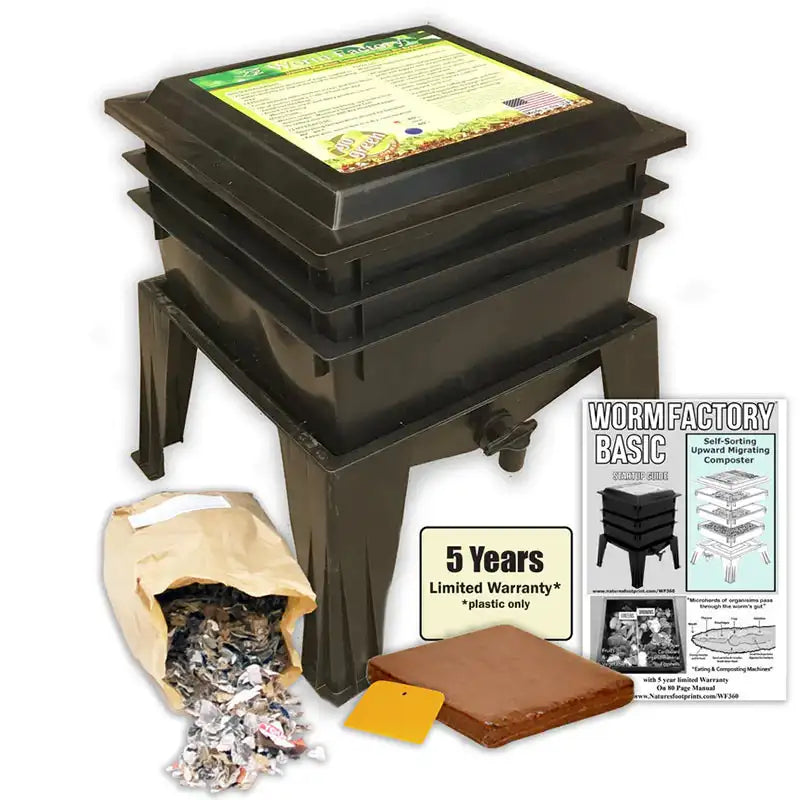Maple Tree Wilt and a Timely Tomato Warning
Q. Martin in Denison Iowa writes: “I’m wondering about maple wilt. My neighbor has a large maple tree and the leaves started wilting after it leafed out last spring. Is the tree dying? And will the problem spread to the maple trees in my yard?”
A. I had never heard of ‘maple tree wilt’ before (at least I don’t think I have; hey! where are my car keys??), and so into the research swamp I went. It turns out that we’re talking about a soil-borne problem that tomato growers know all too well: verticillium wilt, which famously causes tomato plants grown in the same spot for three years or more to suffer and/or just plain die.
To recap that love apple warning: Grow a healthy tomato plant in what seems to be an ideal spot and you should get a great harvest. And then why would you not plant in that seemingly perfect spot the following season? The answer, obvious only to those of us with X-Ray vision, is that a soil-borne wilt called verticillium in the North (and you can’t get much more North than Iowa) and its nasty cousin fusarium in the South have been slowly attracted to the roots of that plant, but not in concentrations great enough to cause any problems. Yet.
The second year in that same spot, you may notice some yellowing of the bottom leaves of the plant, but not enough to cause concern. Underground, however, is another story. The population of the wilt organism is now thriving. But you’ll still get a nice batch of tomatoes that season.
However, by year three, the yellowing will develop sooner and move faster up the vine. This is your final warning. If you plant in that same spot in year four, your Romas will be ruined by July. Luckily, the solution is easy: Plant in another spot (at least two feet away). Let the original location be tomato-free for two or three years, and the wilt will essentially ‘starve to death’.
But I’m talking tomatoes and your question is about a tree, which is much harder to rotate.
Let’s turn to a very informative Bulletin from Michigan State University for some answers: “Symptoms of verticillium wilt on maples can be confusing because they are so variable. They include scorch marks on leaf margins and complete wilting of leaves in the crowns of potential hosts. Symptoms can occur at any time of the year but often show up when hot, dry weather begins.
“Sometimes a single branch, or the foliage on one side of a tree will die. Trees can go years without symptoms and then the problem can show up again seasons later. Some trees can struggle along for years, while others may die soon after symptoms appear. In addition to wilting, other symptoms may include small leaves, stunted shoot growth, sparse foliage and abnormally large seed drops.”
I’ll add that there are many non-verticillium problems that can also cause such problems to appear. They include exposure to winter road salt, ‘girdling’(often when mulch is mounded up against the trunk of the tree in a complete circle) over-watering, under-watering, and many other issues.
If you fear that one of your trees is affected, Michigan suggests you send a sample to The Plant Disease Diagnostic Lab at Cornell, which I heartily endorse. Details on how to take that sample are in the Michigan State article which we are supplying a link to.
Michigan’s suggestions for prevention? “Water during dry periods, especially if they occur in summer or fall. Fertilize only if needed, and only with a low nitrogen fertilizer. Excessive fertilization increases problems with this disease.” That means no 10-10-10, 20-20-20 or anything Miracle-Gro, campers! If fertilize you must, use an organic product like compost or worm castings.
A fascinating note from the Michigan article: “Colleagues at the University of Wisconsin have looked at potential hazards associated with use of wood chip mulch from trees infected with Verticillium. They discovered that the pathogen will survive in these chips for up to a year.” (In addition, they note that Norway maples are easily infected; other maples not so much.)
So: what does this mean to our worried maple owner up in Iowa? First, that Verticillium wilt is attracted to vulnerable trees (under-watered, overfed, growing in compacted soil and especially mulched with wood chips). Oh, and some good news: this disease is “root specific”. The only way it could transfer from one tree to another is if their roots touch. It is not airborne and insects don’t transmit it.
If your trees are showing signs of this illness, water them deeply during especially dry times. Don’t do anything that could compact their soil, like driving heavy equipment near them.
Don’t use chemical fertilizers near them and for God’s sake, avoid the horrifying but still popular trend of piling wood chips up against the trunk of your trees! Even if the chips aren’t infected, they could (and will) eventually kill the tree by rotting the lower bark and smothering the root crown.
As I’ve said many times: Have you EVER seen a “volcano mulched” tree in a healthy forest? Tree roots need to breathe and the trunk needs to be able to dry out. Don’t fall for the wood mulch scam.


